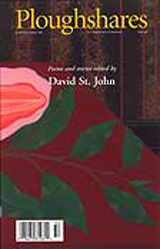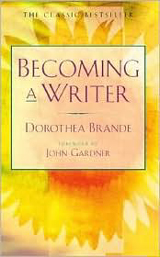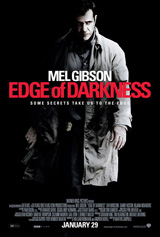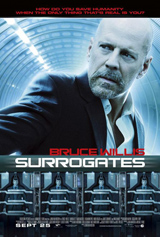The past couple of weeks have been productive ones in my writers groups. Last week, in what I call my writing group, I generated a few pages of new material on a new short-story concept that’s been percolating. And this week, in what I distinguish as my writers group, I got helpful feedback and encouragement on an older piece of writing that I may just polish up and send out.
I’m pretty much in love with my current writers groups, but I have participated in lots of different types over the years:
- The workshop is a formal writers group led by a teacher or mentor. This is the model found in graduate and continuing-education writing programs, but there are private workshops as well. They usually charge tuition or a fee to pay for the meeting place as well as the leader’s time and expertise. The facilitator sets and enforces the format and tone for the workshop and keeps the group on task. You may provide your work beforehand or read it to the group during the meeting. Usually participants take turns providing verbal feedback with the facilitator commenting last so as not to influence the remarks of the others. Often written feedback is provided as well in the form of marked-up manuscripts.
- A critique group is similar to a workshop in format but is more informal and usually smaller in structure. In this type of group, there’s no facilitator; rather, a handful of writers decides together how they want to operate. Again, work can be provided beforehand or read out loud during the meeting, and participants take turns offering verbal and written feedback. The advantage of the critique group is that you share and get feedback on your work more often than in a larger workshop environment.
- An offshoot of the critique group is the writers guild, which operates in much the same way but adds publishing to its activities. One of my friends from grad-school just produced a collection of short stories and poetry with his writers group.
- Recently I’ve been introduced to a writing group, which gathers weekly not to read and discuss work, but to produce it. In my writing group, everyone arrives prepared with a prompt to share with the group. We spend ten minutes or so writing the exercise; then we take turns reading whatever we came up with. The resulting material can be pretty raw, so there’s no critique, and you can pass on reading it out loud if you want to. Other writing groups have a standing appointment to get together to work on their own material.
- A reading group, John Fox of BookFox argues, is just as important as a writers group. “[You] can’t separate writing from reading, and you need people to read with as much as you need people to write with,” he says. I would imagine a reading group for writers would function much like a book club but with more of an emphasis on focusing on the author’s craft.
Where writers groups meet depends on their size as well as the tone you want to set. Workshops often take place in classrooms, but I have attended these in conference rooms and around dining-room tables. My critique groups have met in bars, restaurants, and, with the economy being how it is these days, our homes. Of course, you can also meet online via email or chatrooms.
What types of writers groups have you participated in? Share you experiences below in the comments section.
And check out the first installment in this series, “On Writers Groups: Part I—Benefits.”
Next week in Part III, MJ will lay out the rules for writers group. Share your suggestions now by email (findtherightwords[at]gmail[dot]com) or on Twitter (@motsjustes).







